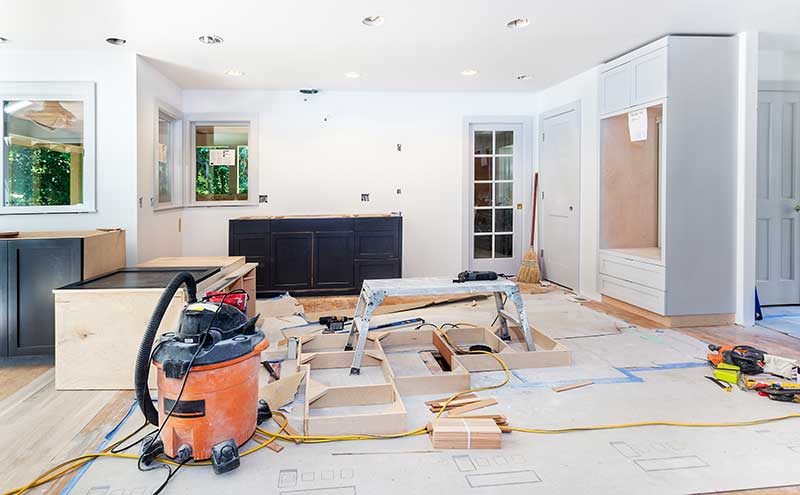Unlocking the Potential: A Guide to House Remodeling

House remodeling is a transformative journey that allows homeowners to breathe new life into their spaces, enhance functionality, and increase property value. Whether you're dreaming of a modern kitchen, a luxurious bathroom, or expanding your living area, this guide will take you through the essential steps of house remodeling to turn your vision into reality.
1. Define Your Goals and Budget
Before diving into a remodeling project, it's crucial to establish your goals and set a realistic budget. Identify which areas of your home need renovation and prioritize them based on your needs and preferences. Having a clear vision and budget in mind will serve as your roadmap throughout the project.
2. Hire a Professional
Selecting the right professionals is a critical step in ensuring a successful remodeling project. Consider hiring an architect or interior designer to help conceptualize your ideas. For construction work, hire a licensed general contractor with a proven track record of delivering quality results. Working with professionals can help you avoid costly mistakes and streamline the renovation process.

3. Obtain Necessary Permits
Depending on the scope of your remodeling project and local regulations, you may need permits from your city or county. Failing to obtain the required permits can lead to delays and legal issues down the road. Your contractor or architect can guide you through the permitting process.
4. Design and Planning
Collaborate with your architect and designer to create detailed plans for your remodel. This includes architectural drawings, layout designs, and material selections. Careful planning ensures that every aspect of the project is considered, from electrical and plumbing to aesthetics and functionality.
5. Budget Management
Staying within budget is crucial. Your contractor can help you source materials and labor at competitive prices. Be prepared for unexpected costs that may arise during construction, and set aside a contingency fund to address these surprises without derailing your project.
6. Demolition and Construction
Once the plans are finalized, the actual construction can begin. This involves demolition of existing structures, if necessary, followed by the construction phase. Your general contractor will coordinate all aspects of the project, ensuring that work proceeds smoothly and according to the timeline.
7. Quality Control and Inspections
Regular inspections and quality control checks are essential to ensure that the work meets building codes and industry standards. These inspections will help catch any issues before they become major problems.
8. Final Touches
As construction nears completion, attention turns to the finishing touches. This includes interior and exterior painting, installing fixtures, cabinetry, countertops, flooring, and any other design elements. These details bring your vision to life.

9. Post-Construction Cleanup
After all construction work is finished, a thorough cleanup is necessary to make your home move-in ready. This includes removing debris, dusting, and ensuring that everything is in pristine condition.
10. Enjoy Your Newly Remodeled Home
With the remodeling project complete, it's time to move in and enjoy your transformed living spaces. Whether it's a more functional kitchen, a spa-like bathroom, or an expanded living area, your remodeled home reflects your vision and enhances your quality of life.
House remodeling is an investment in your home's future. It not only improves your living spaces but also adds value to your property. By following these steps and working with experienced professionals, you can embark on a successful house remodeling journey that brings your dreams to life.

